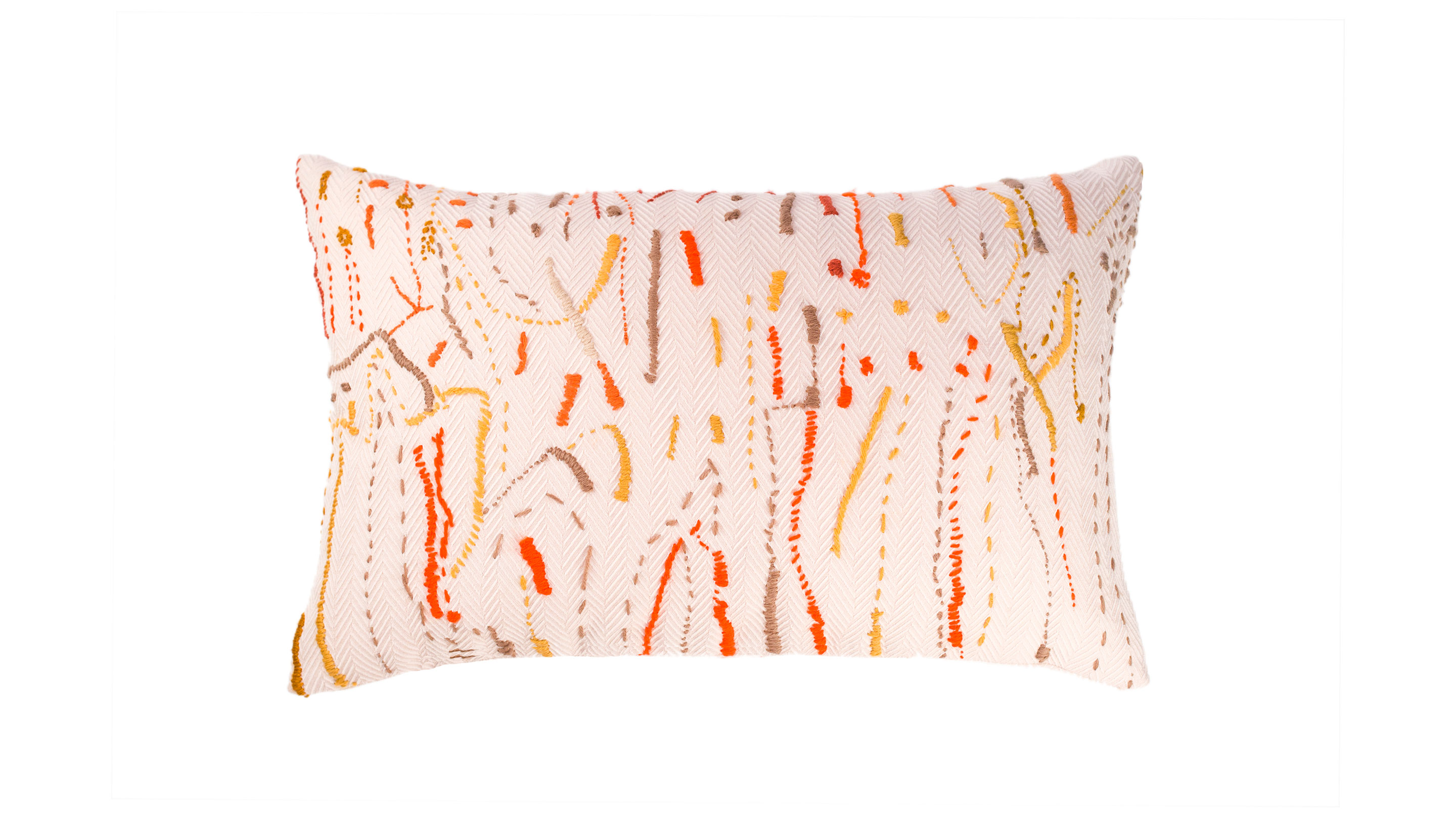
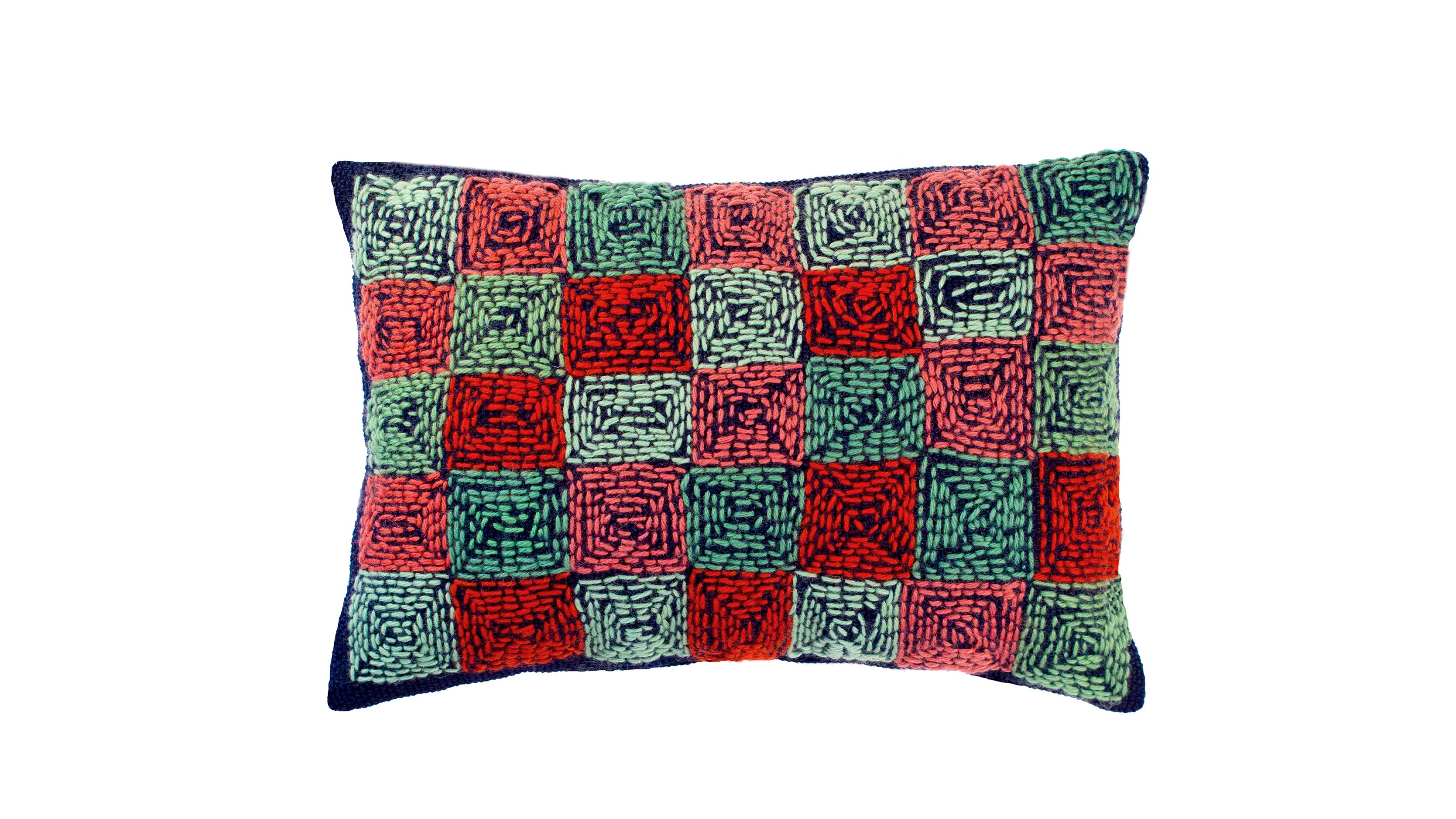
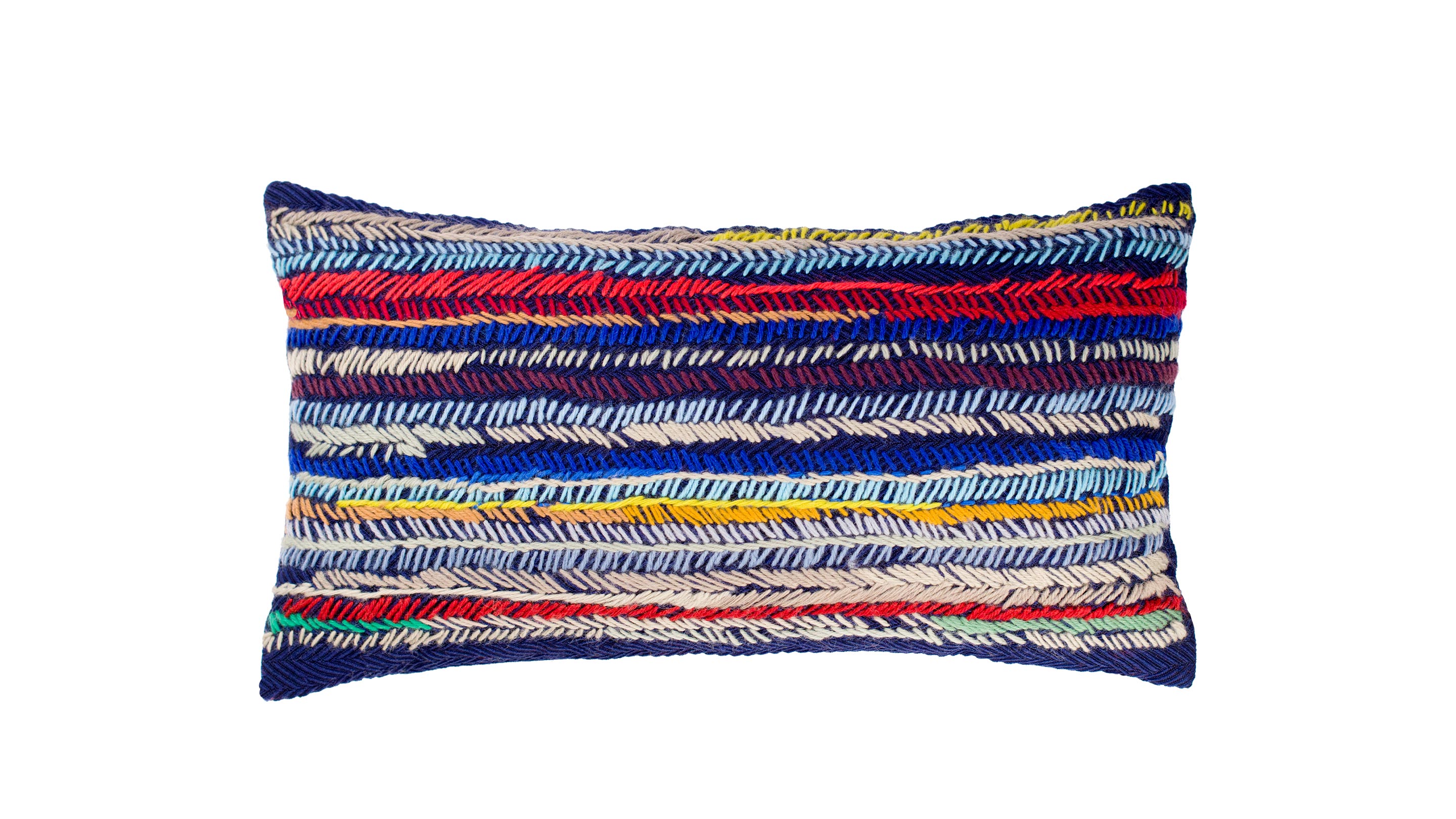
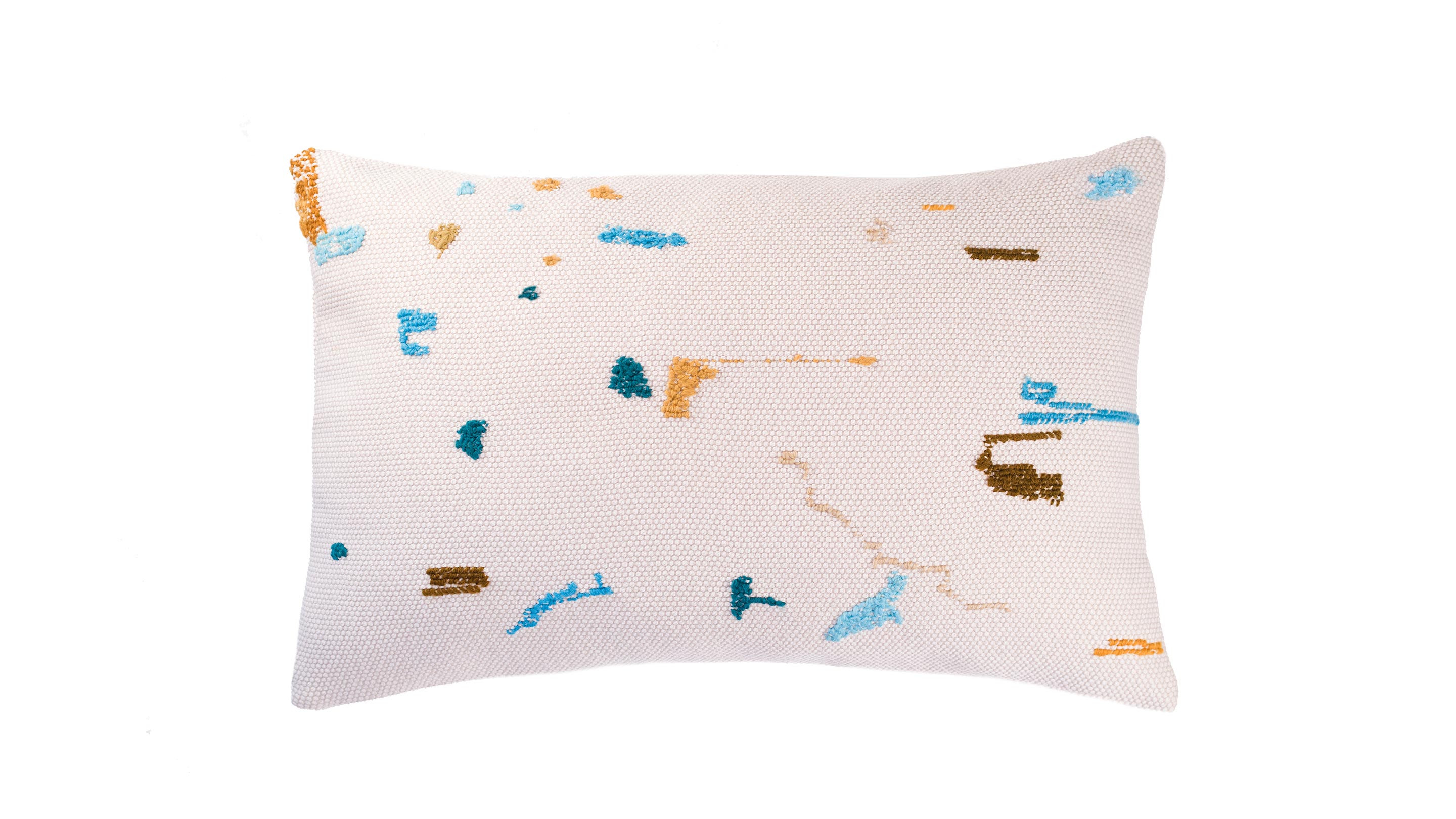
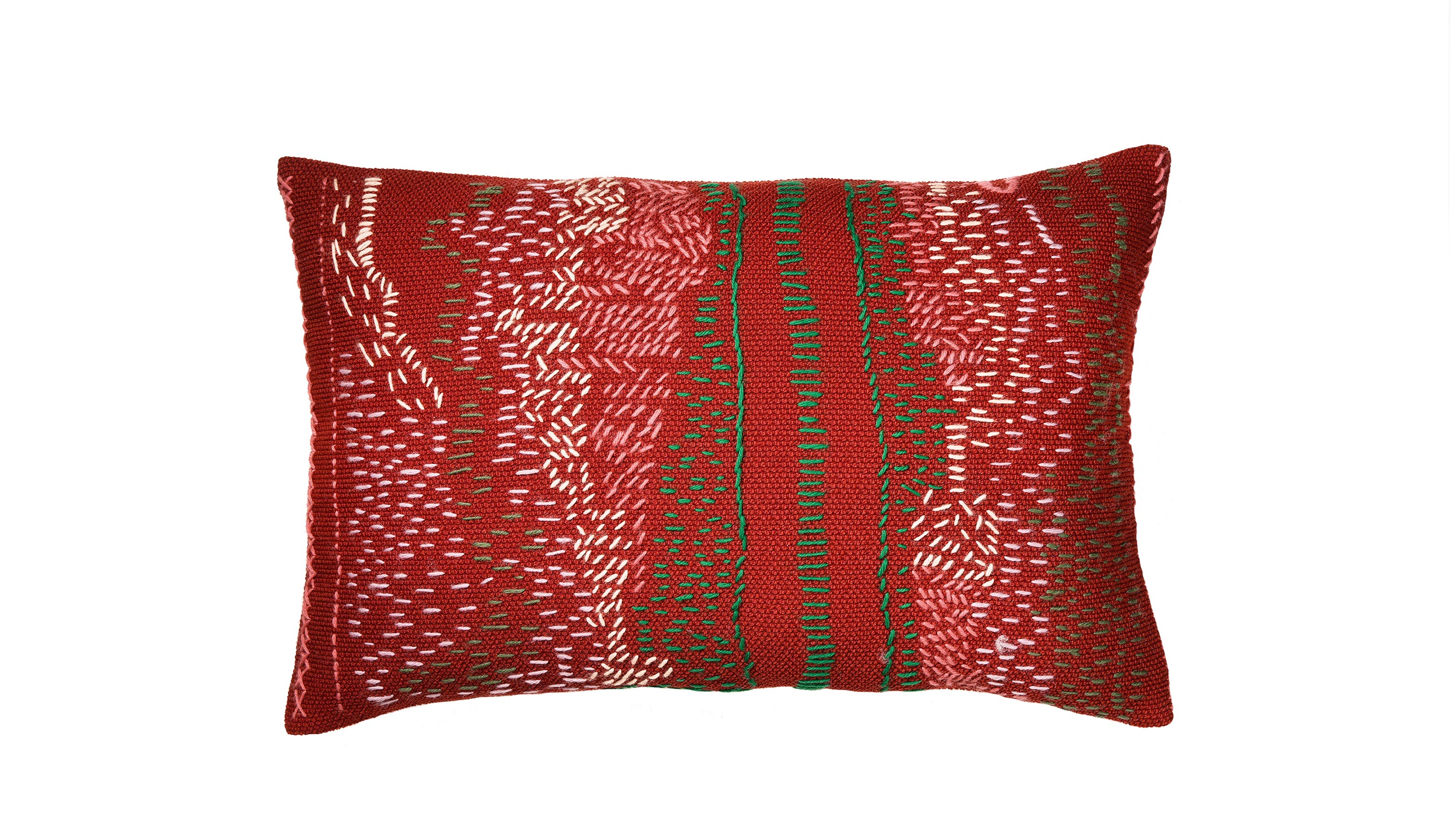









Patternhouse ist ein forschungsbasiertes Designprojekt, um den Rehabilitationsprozess von Menschen mit großen psychischen Belastungen neu zu gestalten.
Wir haben einen Workflow entwickelt, durch den sich Fähigkeiten effektiv trainieren und wieder neu erlernen lassen – durch autonomes kreatives Arbeiten.
Die Grundidee unserer Patternhouse-Methode basiert auf einem einfach und klar strukturierten Workflow. Leicht anwendbare Handwerkstechniken treffen dabei auf Ideen aus zeitgenössischer Kunst und ermöglichen so kreatives Arbeiten für jeden.
Das Leitmotiv ist das Gestalten von Mustern, ganz gleich ob auf Papier oder Stoff, mit Pinsel oder Nähnadel. Unsere zentrale Idee: Die Bausteine für den Gestaltungsprozess sind Grundformen und Farben, die in einem ergebnisoffenen Prozess immer wieder neu kombiniert werden.
Unabhängig von der jeweiligen psychischen Verfassung, Tagesform, den bestehenden Fähigkeiten oder Vorkenntnissen: Der Workflow lässt sich an die individuellen Bedürfnisse jedes einzelnen anpassen.
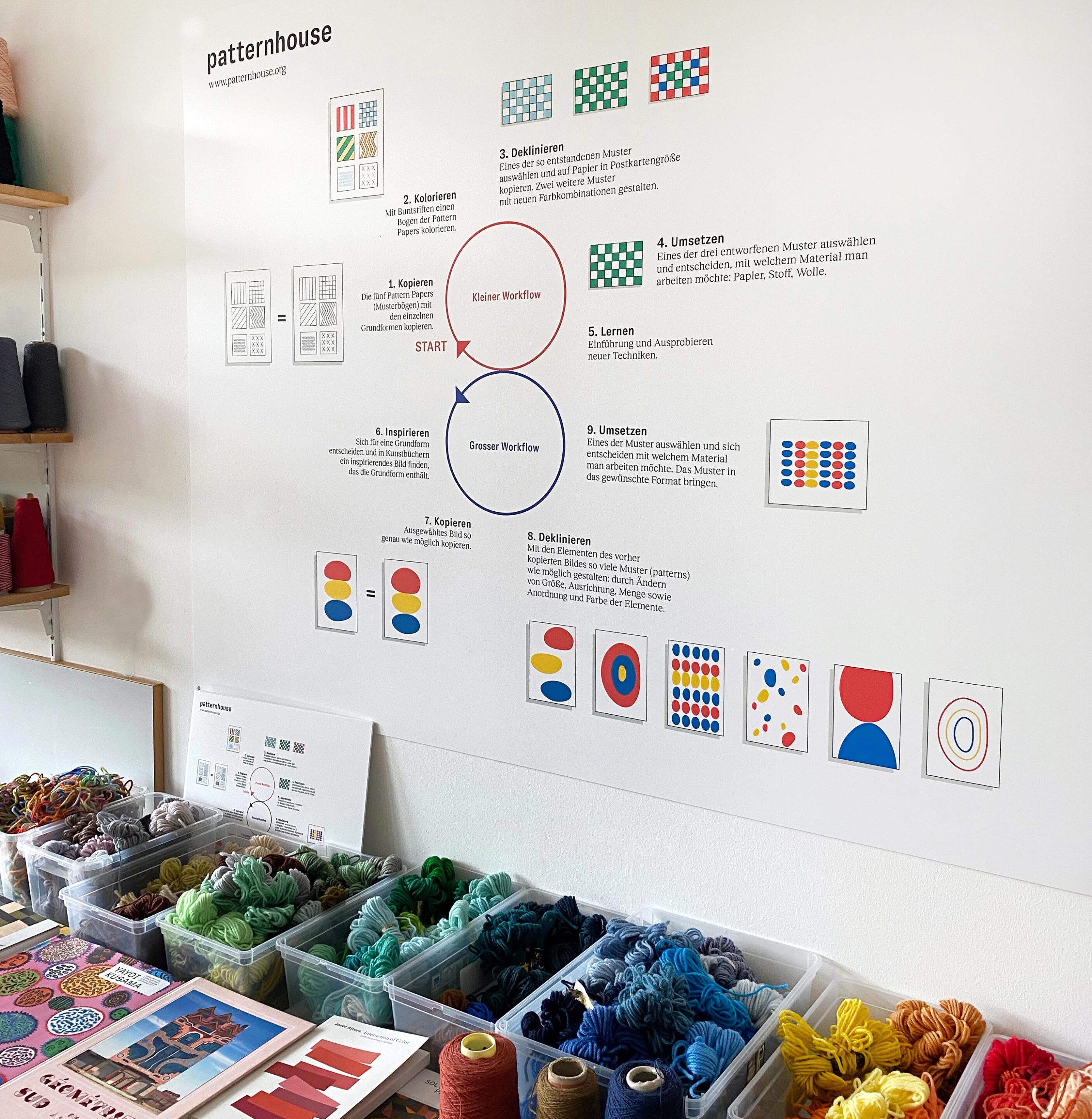
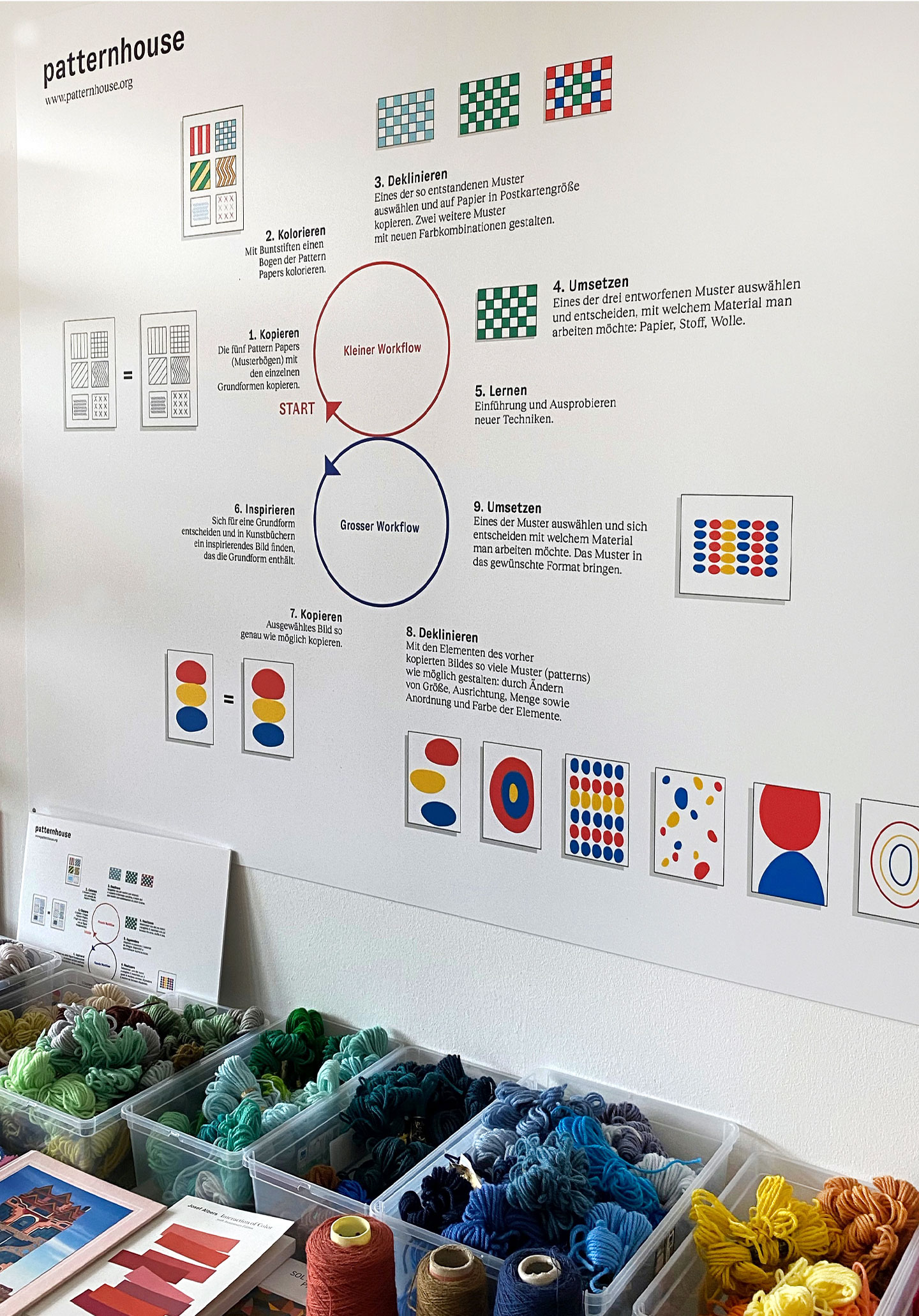
Menschen mit ausgeprägten psychischen Belastungen können die Arbeitsschritte so ohne Stress und Angst bewältigen. Für Menschen mit unbeeinträchtigter Auffassungsgabe ist die Tätigkeit intellektuell interessant genut.
Mit unseren „Pattern Papers“ kann jeder Patient von Anfang an autonom eigene Muster entwerfen, ganz einfach durch Kopieren und Kolorieren und später durch Neukombinieren. Die Pattern Papers sind für jeden einfach zu nutzen und bringen dabei überraschend vielseitige und individuelle Ergebnisse hervor.
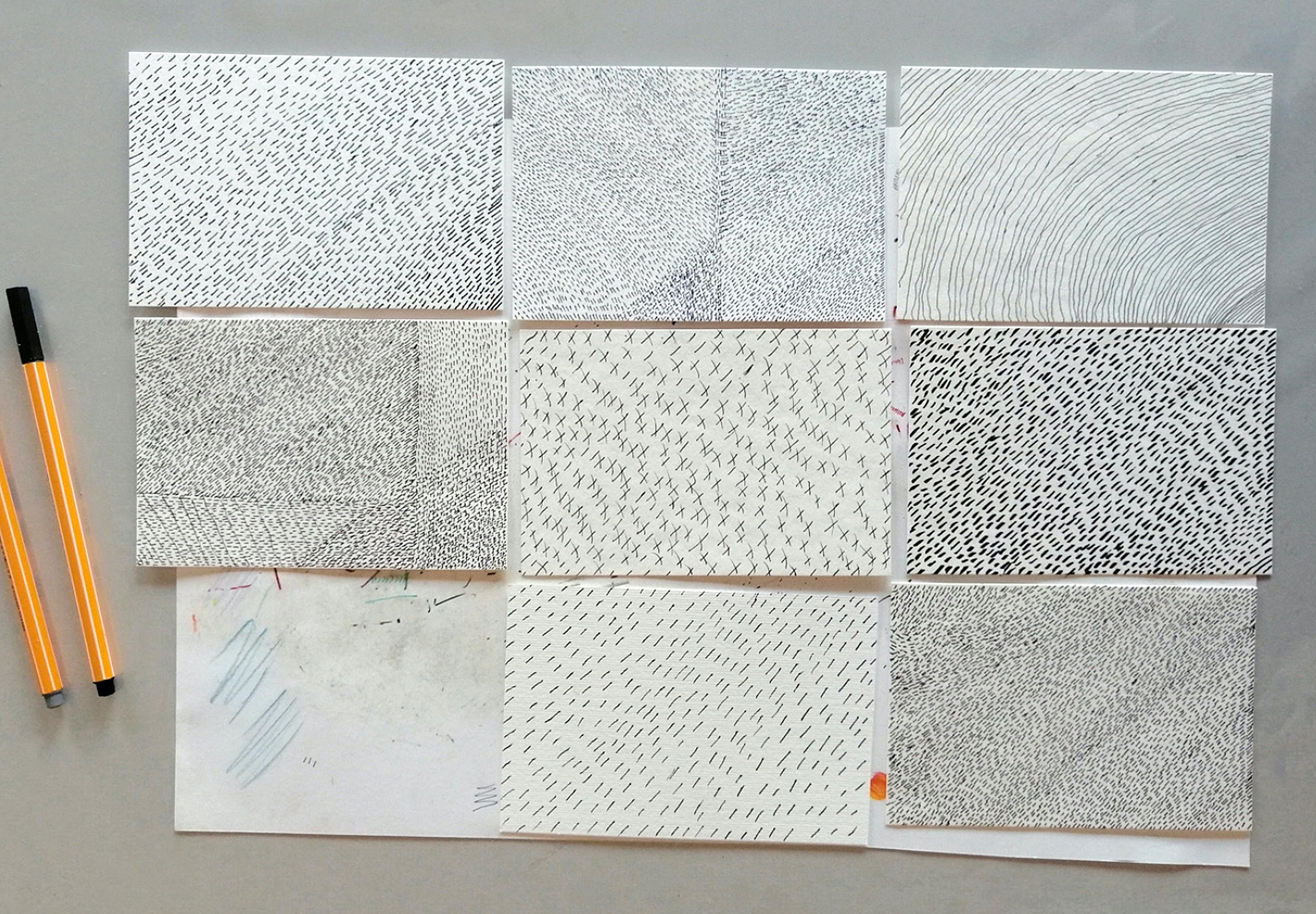
Die Einfachheit des Workflows erlaubt und eröffnet viel Raum für Kreativität und eigene Interpretation im Laufe des Prozesses.

Die Patienten führen zusätzlich auch eine Art Skizzenbuch: einen persönlichen Ordner, in dem alle Übungen und Ideen gesammelt werden. Hier findet sich immer Inspiration und Motivation, auch an weniger guten Tagen.
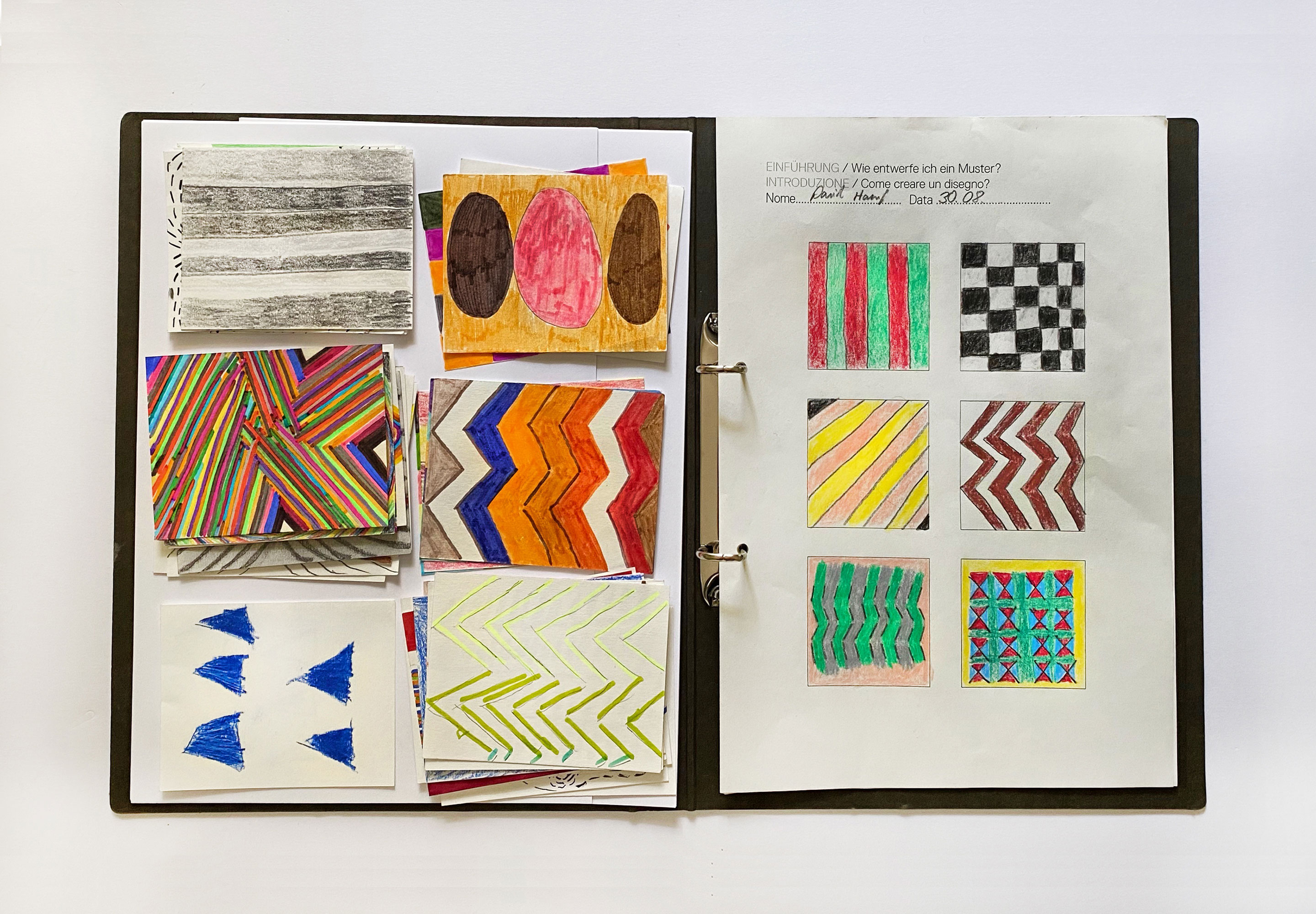
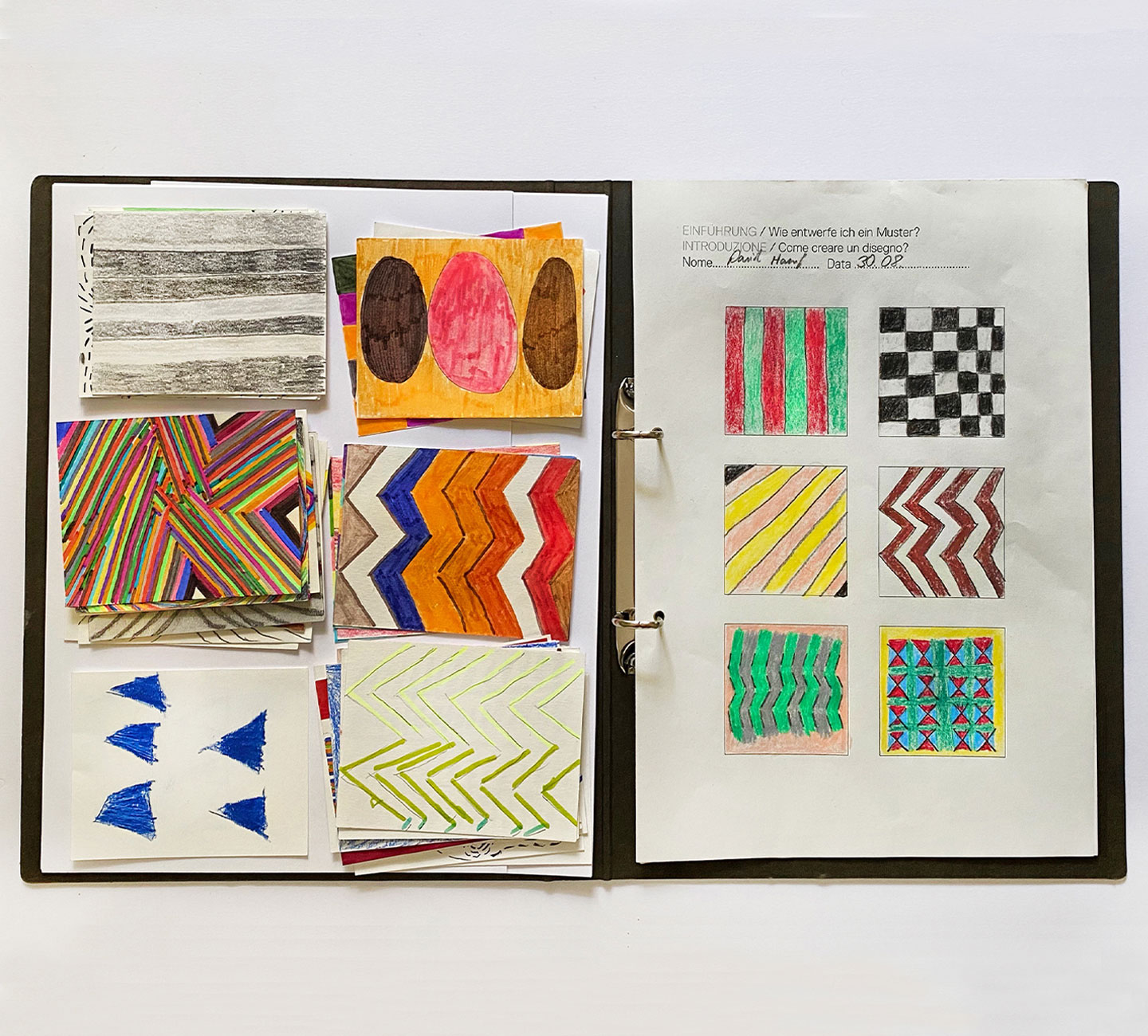
Ursprünglich habe ich das Projekt für das Haus Basaglia entwickelt, einer rehabilitativen psychiatrischen Einrichtung des Südtiroler Sanitätsbetriebes in Sinich bei Meran.
Die Textilwerkstatt des Hauses Basaglia arbeitet mit internen und externen Patienten, deren Verweildauer stark variiert: Manche besuchen die Werkstätten nur für zwei Wochen, andere bleiben einige Monate oder mehrere Jahre. Auch die Bandbreite der handwerklichen Fähigkeiten ist dementsprechend groß.
Die Herausforderung bestand darin, all diesen unterschiedlichen Bedürfnissen gerecht zu werden ohne den Arbeitsaufwand der Mitarbeiter zu vergrößern… ganz im Gegenteil. Die Voraussetzung dafür war die Entwicklung eines Workflows, der sich sowohl an die Tagesform als auch an die individuellen Bedürfnisse jedes einzelnen Patienten adaptieren lässt.
Mit der Hilfe des Haus Basaglia war es mir möglich, all diese verschiedenen Herausforderungen zu identifizieren und praktische Antworten darauf zu finden. Das Ergebnis: die Patternhouse-Methode.
Ich freue mich sehr, dass sowohl die Mitarbeiter und die Patienten des Haus Basaglia meinen Ideen gegenüber so offen waren und die neue Methode mit großem Erfolg bei sich etabliert haben.
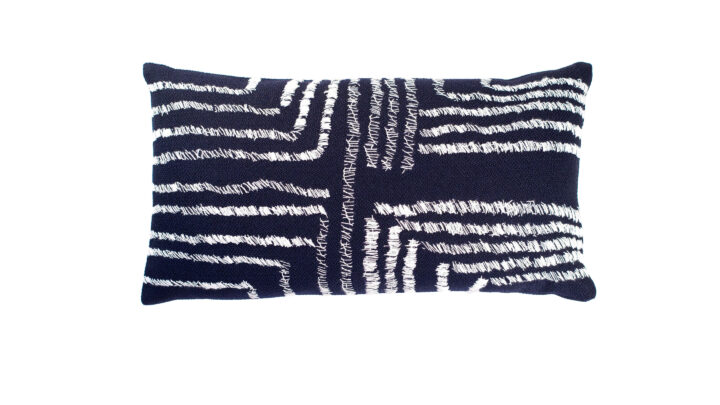
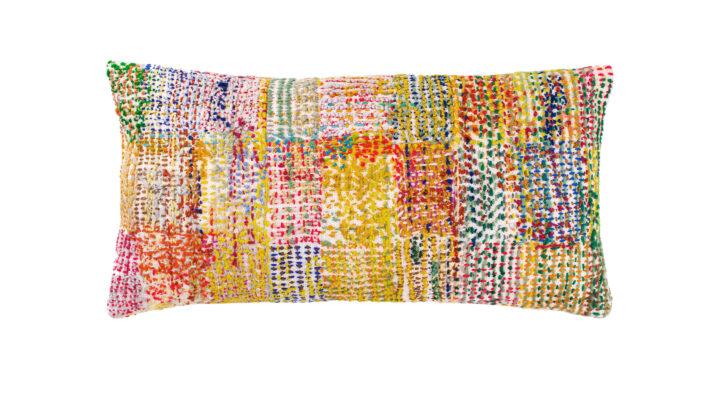
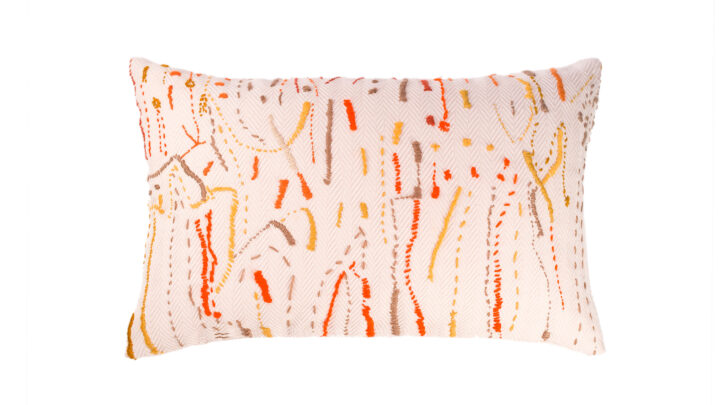
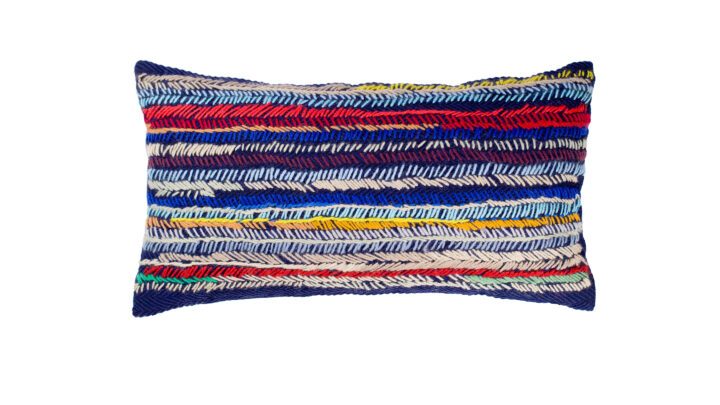
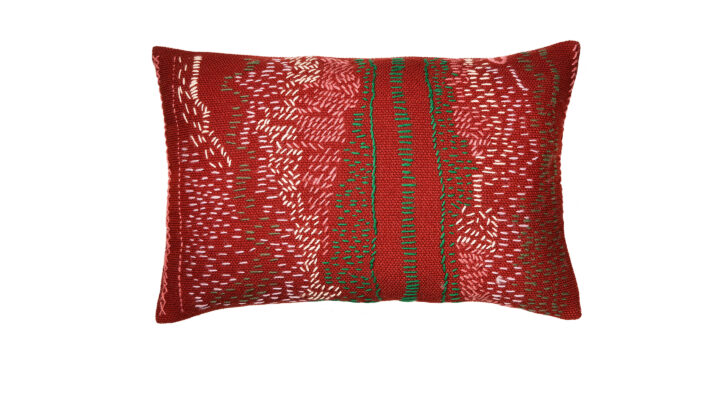
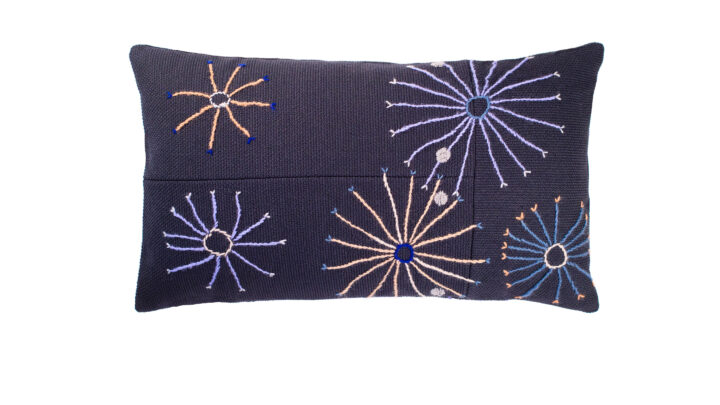
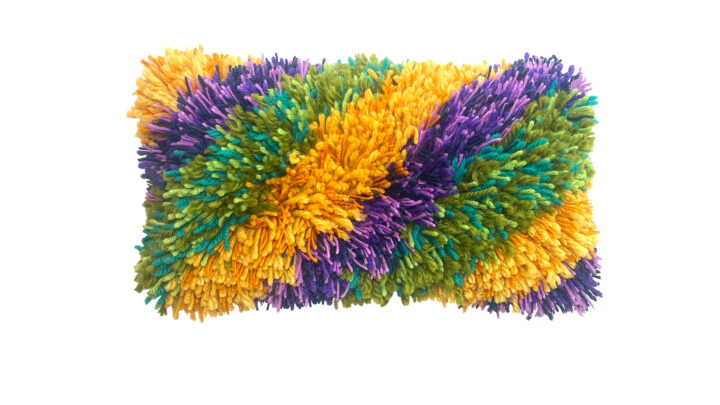
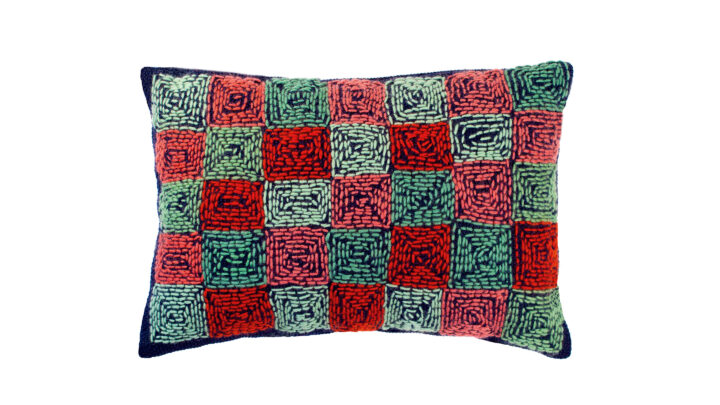
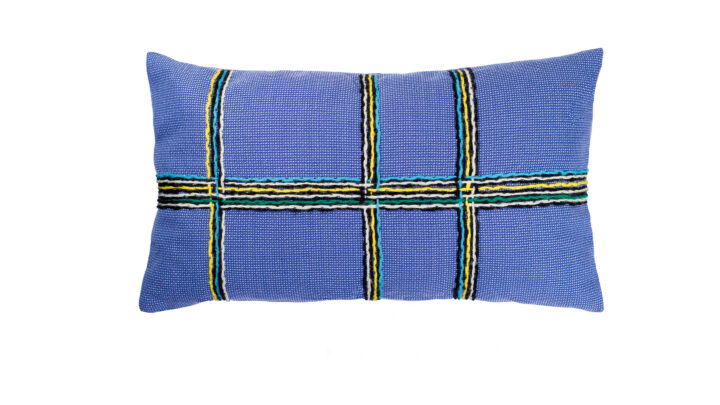
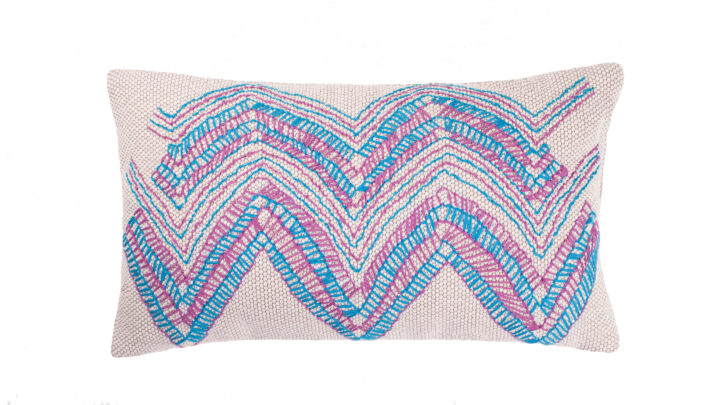
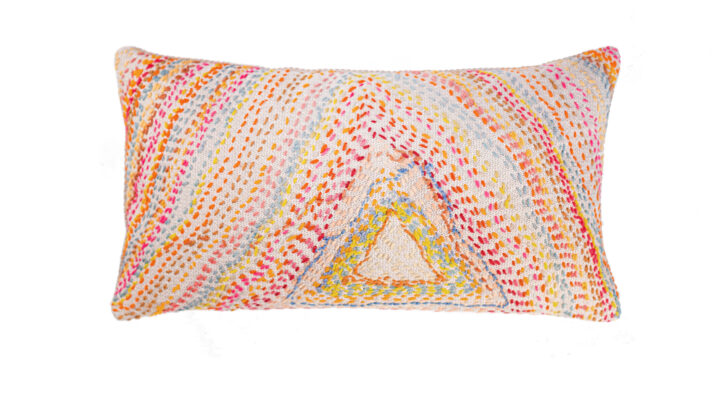
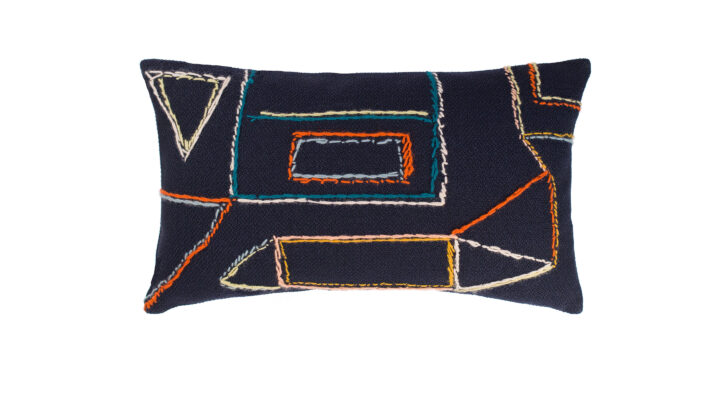
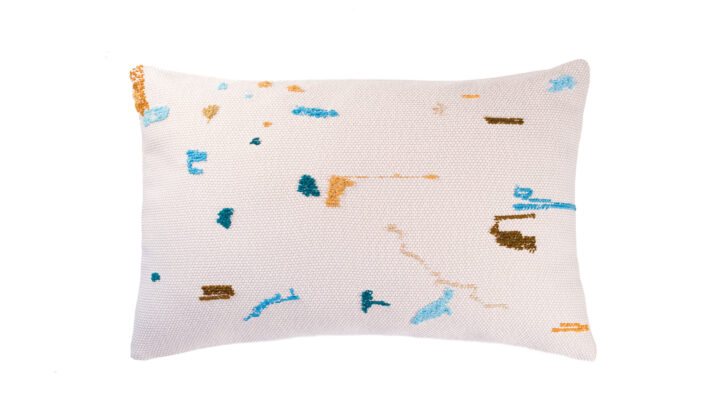

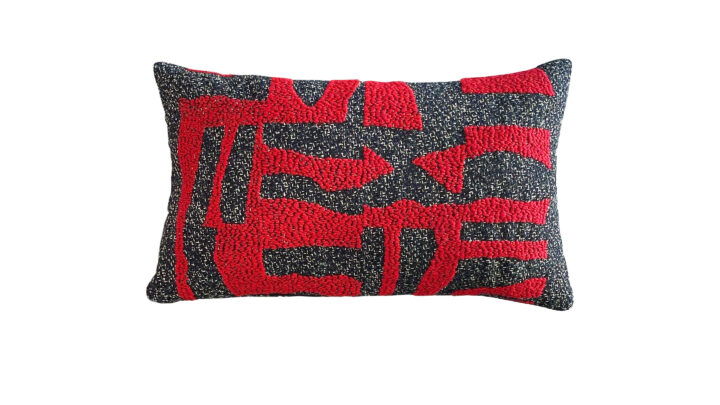
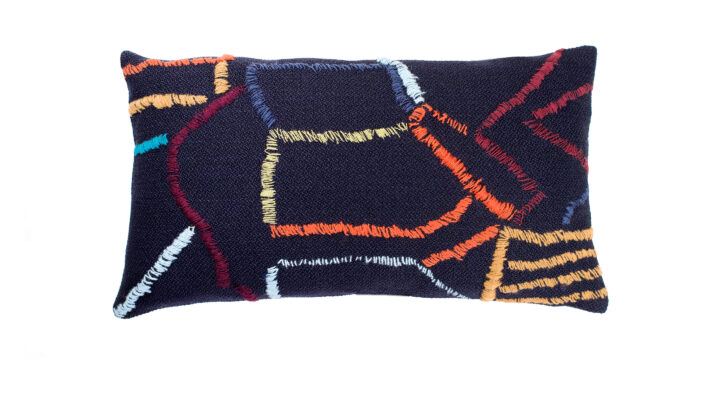
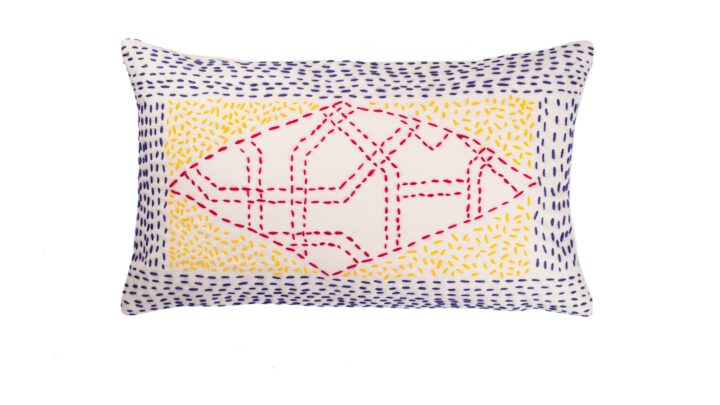
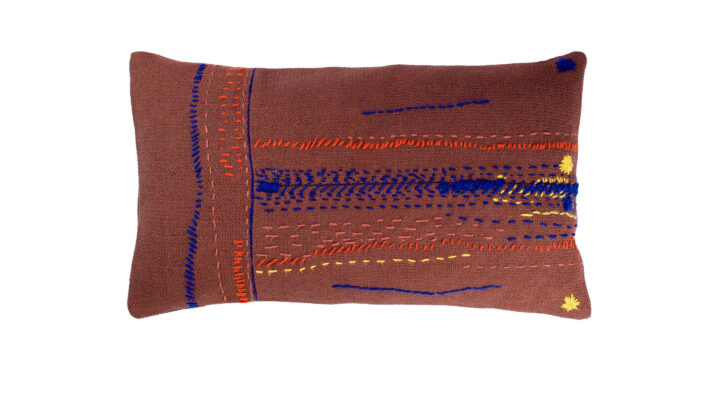

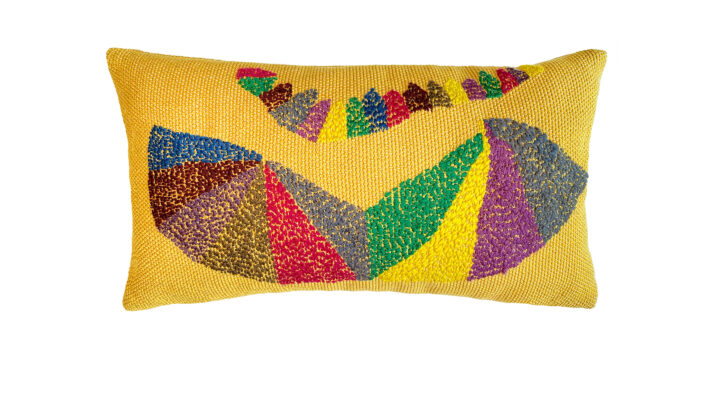
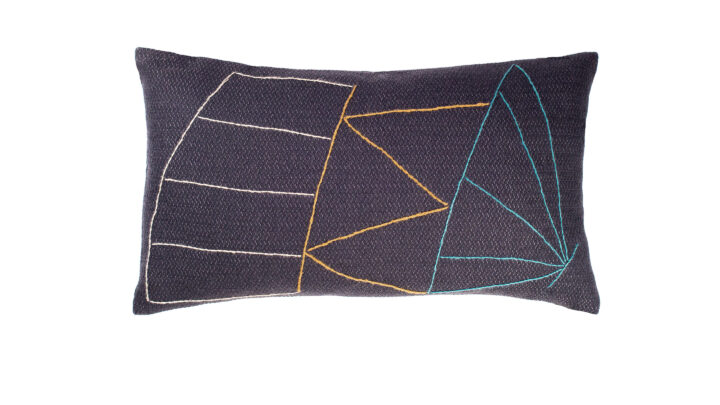

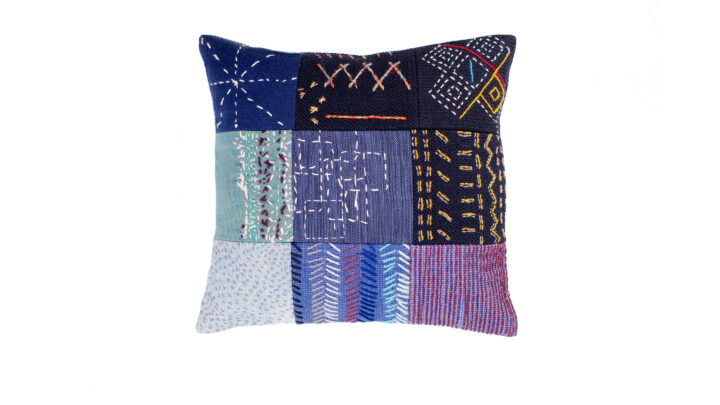

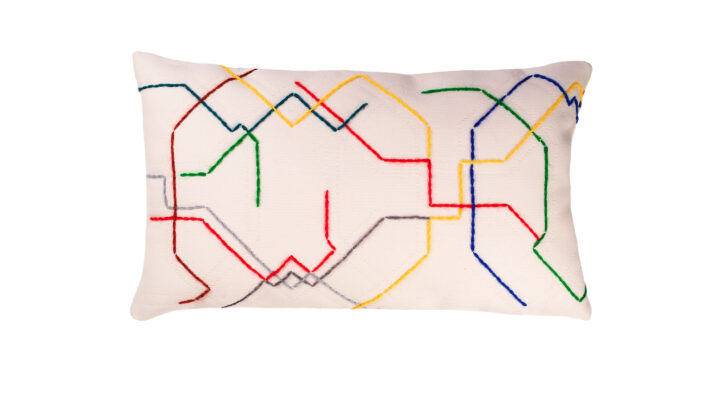
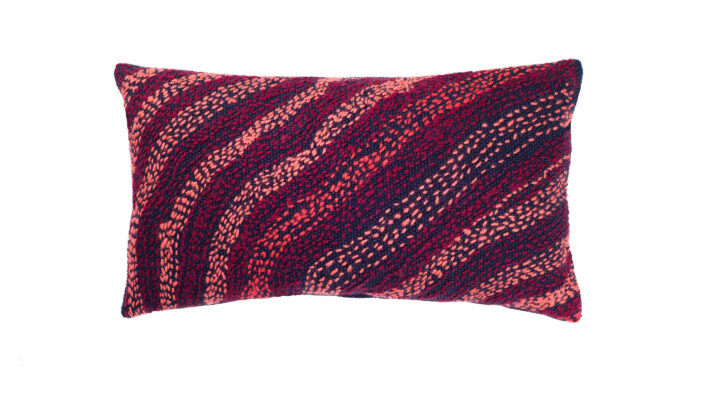
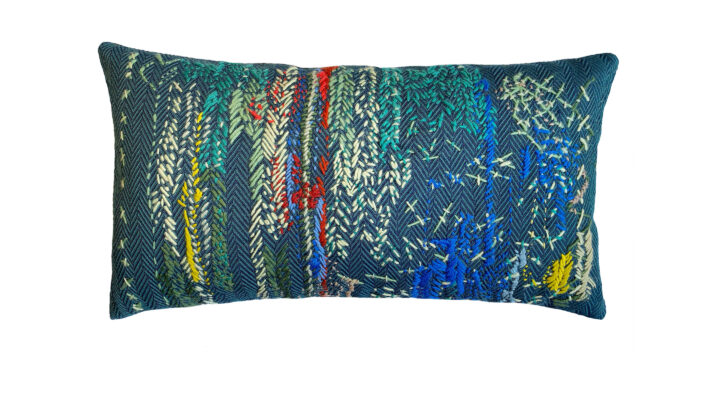
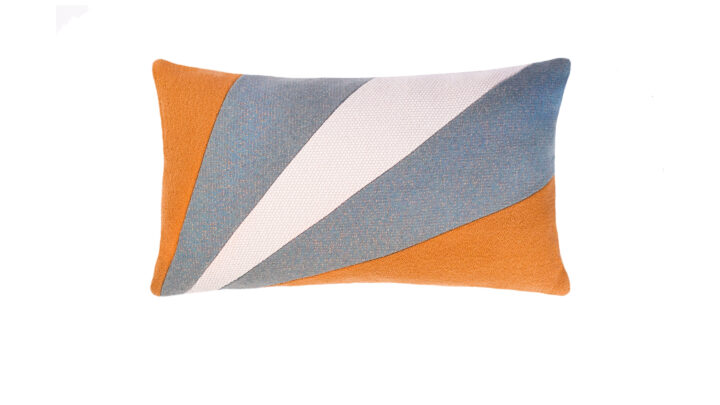
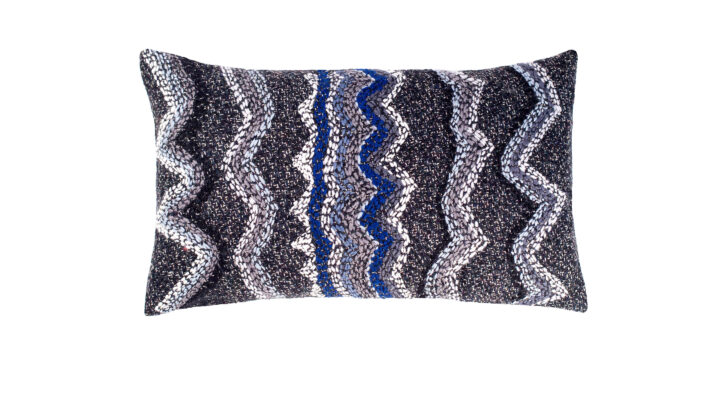
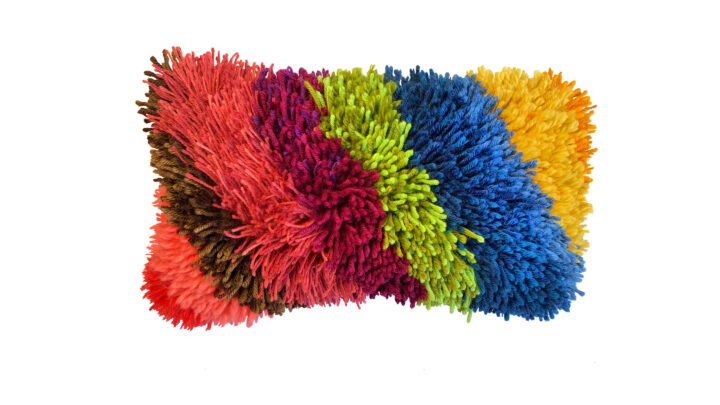
Martina Drechsel / Gründerin, Konzeption und Kreativdirektion
Dr.in Verena Perwanger / Psychiaterin und Primarin des psychiatrischen Dienstes der Sanitätseinheit Meran, Südtirol
Carolin Kiesswetter / Psychologin und Leiterin der Werkstatt Haus Basaglia
Magdalena Lageder / Psychologin
Evi Pitscheider / Expertin für textile Gestaltung und Recycling, Schneiderin
Alessandro Laudando / Experte für psychiatrische Rehabilitation
Catiuscia di Falco / Sozialarbeiterin
Annalisa dal Foglio / Sozialarbeiterin
Susanna Paoletti / Sozialarbeiterin
The Monocle Shop
Dantestraße 26
39100 Meran, Südtirol, Italien
Oberrauch Zitt
Lauben 67
39100 Bozen, Südtirol, Italien